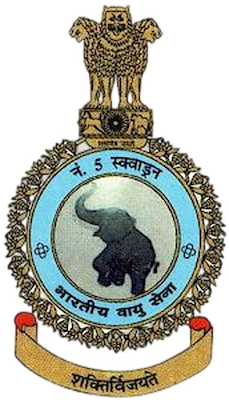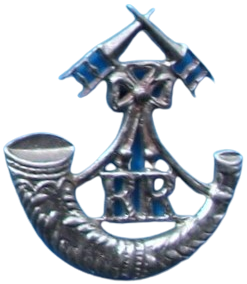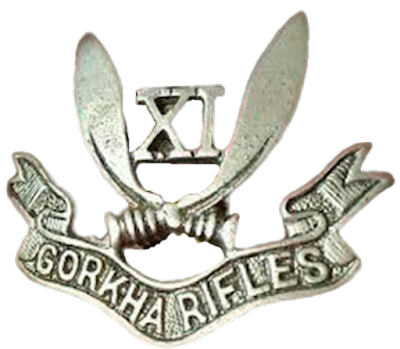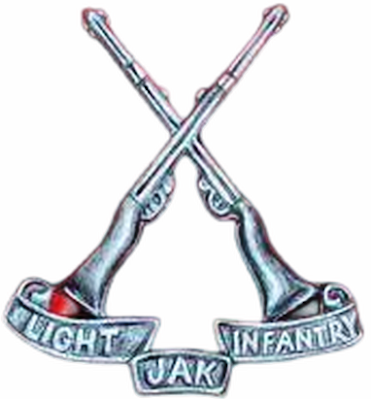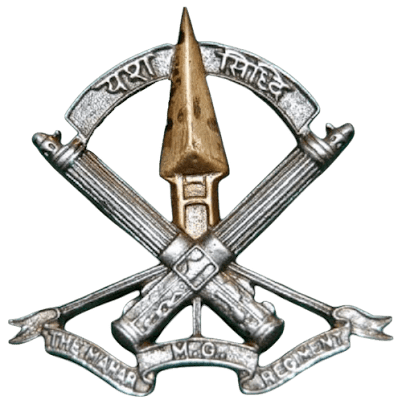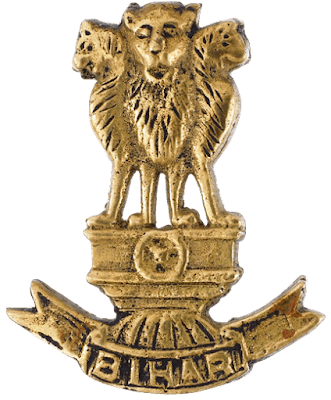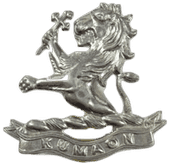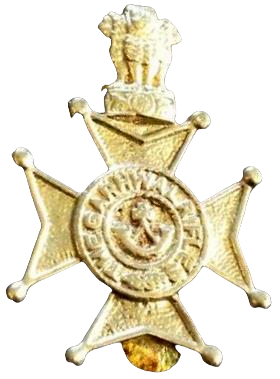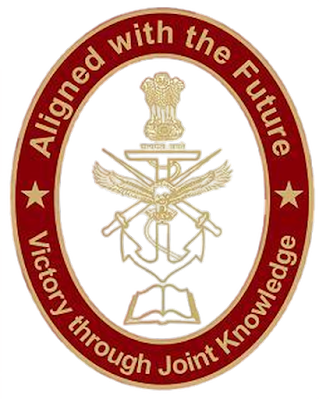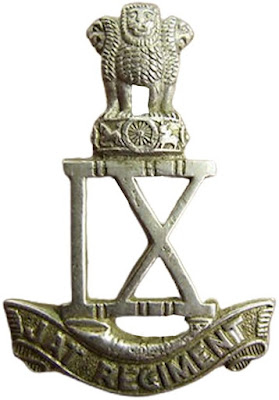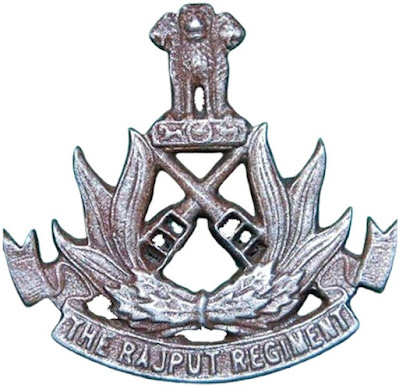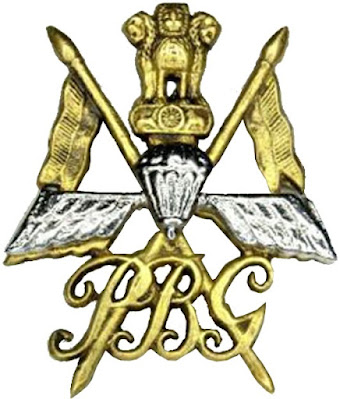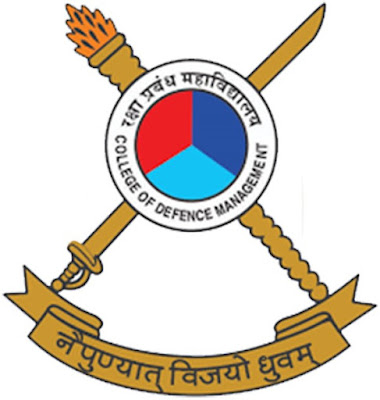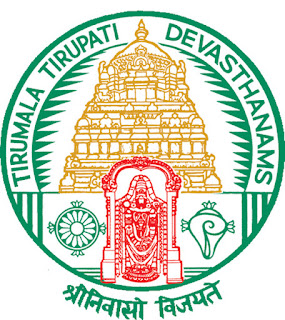MAHARASHTRA NATIONAL LAW UNIVERSITY, AURANGABAD

MAHARASHTRA NATIONAL LAW UNIVERSITY, AURANGABAD The tricolour emblem of Maharashtra National Law University, Aurangabad (MNLUA) has the picture of Kailash Temple pillar from Ellora caves located in Aurangabad supported by the swooshes of tricolour within a circle. This is ensconced by a blue and tricolour decorative borders in which its name and place are inscribed. Its motto in Sanskrit ‘यतो धर्मस्ततो जयः’ ( Mahabharata ) meaning ‘Where There is Dharma, There will Be Victory’ is inscribed below the seal.
